Elasticsearch Delete By Query
Elasticsearch is a highly versatile and scalable open-source search and analytics engine that allows users to store, search, and analyze large volumes of data quickly and efficiently. One of the key functionalities offered by Elasticsearch is the ability to delete documents using a query parameter, known as the Elasticsearch Delete By Query.
The Purpose Behind Elasticsearch Delete By Query
The main purpose of Elasticsearch Delete By Query is to provide users with a way to delete documents from their Elasticsearch indices based on a specific query. This allows users to easily remove unwanted data without the need to manually delete individual documents.
The Structure of Elasticsearch Delete By Query
When using Elasticsearch Delete By Query, the query itself is specified as a JSON object. This query can be constructed using various parameters such as filters, match queries, and more, which we will discuss in detail later in this article. The resulting query will identify the documents to be deleted from the specified indices.
Executing a Simple Elasticsearch Delete By Query
To execute a simple Elasticsearch Delete By Query, you can use the following API endpoint:
“`
POST /
{
“query”: {
“term”: {
“
}
}
}
“`
In this example, replace `
Working with Filters in Elasticsearch Delete By Query
Filters in Elasticsearch Delete By Query allow users to define specific conditions that must be met for the deletion to occur. Filters can be used to narrow down the set of documents to be deleted based on various criteria, such as time ranges, field values, and more.
Here’s an example of using a filter in an Elasticsearch Delete By Query:
“`
POST /
{
“query”: {
“bool”: {
“filter”: {
“range”: {
“timestamp”: {
“gte”: “
“lte”: “
}
}
}
}
}
}
“`
In this case, the deletion will only occur on documents where the “timestamp” field falls within the range specified by `
Combining Filters in Elasticsearch Delete By Query
Elasticsearch allows users to combine multiple filters using boolean logic operators such as “must”, “should”, and “must_not”. This allows for more complex and precise deletions based on multiple conditions.
Here’s an example of combining filters in an Elasticsearch Delete By Query:
“`
POST /
{
“query”: {
“bool”: {
“filter”: [
{
“term”: {
“
}
},
{
“term”: {
“
}
}
]
}
}
}
“`
In this example, the deletion will only occur on documents that satisfy both the conditions specified in the filters.
Deleting Multiple Indices in Elasticsearch Delete By Query
Elasticsearch Delete By Query also allows users to delete documents from multiple indices simultaneously. By specifying multiple indices in the API endpoint, users can ensure that the documents matching the query will be deleted from all the specified indices.
Here’s an example of deleting documents from multiple indices in Elasticsearch Delete By Query:
“`
POST /
{
“query”: {
“match”: {
“
}
}
}
“`
In this case, the documents matching the query will be deleted from both `
Handling Large Datasets in Elasticsearch Delete By Query
When dealing with large datasets, it is important to consider the performance implications of Elasticsearch Delete By Query. Deleting a large number of documents can impact the performance of both the Elasticsearch cluster and the underlying hardware.
To handle large datasets efficiently, Elasticsearch provides several strategies such as scroll searches, multi-threaded bulk deletion, and queue-based deletion. These strategies can help optimize performance and prevent potential performance bottlenecks while executing Delete By Query operations on large datasets.
Optimizing Performance in Elasticsearch Delete By Query
When working with Elasticsearch Delete By Query, there are several ways to optimize its performance:
1. Use the correct query type: Depending on the specific search requirements, choosing the appropriate query type can significantly improve performance. Elasticsearch offers various query types, such as “term”, “match”, “bool”, and more, each optimized for different scenarios.
2. Utilize indexing and caching: Leveraging indexing and caching mechanisms provided by Elasticsearch can improve the performance of repeated delete operations by reducing the need for re-evaluating the same queries.
3. Resource allocation: Properly allocating system resources, such as CPU, memory, and disk space, to the Elasticsearch cluster can help ensure smooth and efficient execution of Delete By Query operations.
4. Monitor and optimize: Continuously monitoring the performance metrics of Elasticsearch clusters and optimizing the hardware and software configurations based on the observed patterns can help improve the overall performance of Delete By Query operations.
FAQs
Q: What if Delete By Query Elasticsearch is not working?
A: If Elasticsearch Delete By Query is not working as expected, it is recommended to check the query syntax, ensure the correct index and field names are used, and verify the access permissions for the user executing the query.
Q: Can I perform Delete By Query in Elasticsearch using Java?
A: Yes, Elasticsearch provides a Java API that allows developers to perform Delete By Query operations programmatically. The Java API provides flexibility in constructing complex queries and integrating Elasticsearch Delete By Query functionality within custom applications.
Q: How can I perform Delete By Query Elasticsearch using Node.js?
A: Elasticsearch provides official Node.js client libraries that allow users to interact with Elasticsearch clusters, including executing Delete By Query operations. These client libraries simplify the process of connecting to Elasticsearch and executing queries from Node.js applications.
Q: Is there a way to delete documents in bulk using Elasticsearch Delete By Query?
A: Yes, Elasticsearch provides the capability to delete documents in bulk using Delete By Query operations. By specifying a list of queries or filters, users can efficiently delete multiple documents matching different criteria from one or multiple indices.
Q: Can I use Opensearch to perform Delete By Query operations?
A: Yes, Opensearch, a fork of Elasticsearch, offers similar functionalities to Elasticsearch, including Delete By Query operations. Users familiar with Elasticsearch can easily adapt to Opensearch for performing Delete By Query operations.
Q: How can I perform a specific query, such as a “match” query, in Elasticsearch Delete By Query?
A: Elasticsearch provides a variety of query types, including match, term, range, and more, which can be used as part of the Delete By Query operation. By specifying the appropriate query type and parameters, users can perform specific queries to delete documents based on their requirements.
Q: How do I delete a specific document using Elasticsearch Delete By Query?
A: To delete a specific document using Elasticsearch Delete By Query, you can construct a query that matches the unique identifier or field value of the desired document and execute the Delete By Query operation. This will delete the document satisfying the query criteria.
Q: What does the error message “Validation Failed 1 query is missingelasticsearch delete by query” mean?
A: This error message occurs when the Delete By Query operation is missing the required query parameter. Ensure that the query is properly defined in the JSON object and passed to the Elasticsearch Delete By Query API.
Update By Query \U0026 Delete By Query | #8 | Elasticsearch Tutorial In Hindi
Keywords searched by users: elasticsearch delete by query Delete by query Elasticsearch not working, Delete-by query Elasticsearch Java, Delete by query elasticsearch nodejs, Bulk delete by query elasticsearch, Opensearch delete by query, Elasticsearch query”: ( match), Delete document Elasticsearch, Validation Failed 1 query is missing
Categories: Top 38 Elasticsearch Delete By Query
See more here: nhanvietluanvan.com
Delete By Query Elasticsearch Not Working
Before delving into troubleshooting delete by query in Elasticsearch, let’s first understand how it works. Delete by query performs a search on the specified index and deletes all the documents that match the given query. It provides a quick and efficient way to remove multiple documents without the need to manually identify and delete each one individually.
Now, let’s address some possible reasons why delete by query Elasticsearch may not work as intended:
1. Incorrect Index/Type Selection:
When executing a delete by query, it is crucial to ensure that the correct index and type are selected. Elasticsearch operates on a multi-index and multi-type basis, and selecting the wrong index or type can lead to the failure of the delete operation. Double-check the target index and type to avoid this issue.
2. Unmatched Query:
The delete by query operation relies on a query to identify the documents that need to be deleted. If the query does not match any documents, the delete operation will not have any effect. Ensure that the query you are using accurately matches the desired documents or make adjustments to the query to fix this issue.
3. Query Execution Order:
The order in which queries are executed impacts the outcome of the delete by query operation. Elasticsearch processes queries in a specific sequence, and the order can affect the delete operation’s success. If a query with a lower execution order negates the effects of a subsequent query, the delete operation may not remove the desired documents. Analyze the execution order of your queries and rearrange them, if necessary, to resolve this issue.
4. Authorization Issues:
Elasticsearch utilizes role-based access control (RBAC) to manage user privileges. If the user executing the delete by query operation does not have the necessary permissions to delete documents, the operation will fail. Verify that the user has the appropriate privileges to perform the delete by query action and adjust the user’s roles or permissions, if required.
5. Index Read-only Mode:
If the index being targeted by delete by query is in read-only mode, the delete operation will be prevented. A read-only index can be set intentionally or occur as a result of some error. Ensure that the index is not read-only and make any necessary adjustments to the index settings.
Having identified some of the common reasons why delete by query Elasticsearch may not work, let’s now provide solutions to address these issues:
Solution 1: Verify Index and Type Selection:
Double-check the index and type selection when executing a delete by query operation. Confirm that the target index and type exist and are spelled correctly. Ensuring the correct index and type selection is an essential step in troubleshooting delete by query Elasticsearch problems.
Solution 2: Check and Adjust Query Matching:
Review the query being used in the delete by query operation. Ensure that the query matches the desired documents accurately. Make necessary modifications to fix any issues with the query’s matching criteria, such as adjusting the search terms or filters.
Solution 3: Evaluate Query Execution Order:
Analyze the execution order of the queries used in the delete by query operation. If a lower-priority query nullifies the effects of a subsequent query, rearrange the queries accordingly. Validating the execution order ensures that the correct documents are targeted for deletion.
Solution 4: Review User Privileges:
Confirm that the user executing the delete by query operation has the necessary permissions to delete documents. Verify the user’s roles and permissions in Elasticsearch, granting them the required privileges if they are lacking. Ensuring proper authorization eliminates any permission-related issues.
Solution 5: Ensure Index is Not Read-only:
Check if the target index for delete by query is not set to read-only mode. If it is, revert the read-only setting to allow modifications. Rectifying any read-only index issues ensures that the delete operation can be performed successfully.
FAQs
Q1: How can I verify whether the index is read-only or not?
To verify if an index is read-only, you can use the Elasticsearch API or a tool like Kibana. In Elasticsearch API, retrieve the index settings using the `_settings` endpoint. Look for the `”index.blocks.write”` setting, which, if set to `true`, indicates a read-only index. Similarly, in Kibana, you can navigate to the Index Management section to view the index settings and check the write block status.
Q2: Can I recover deleted documents using delete by query Elasticsearch?
No, delete by query permanently deletes the documents matching the query and cannot be undone. It is important to exercise caution when executing delete by query operations to avoid unintended data loss. Consider creating backups or performing tests on a smaller dataset before applying delete by query to a production environment.
Q3: Are there any alternative methods to delete documents in Elasticsearch?
Yes, Elasticsearch provides other options to delete documents, such as using the _delete_by_query API, which provides a more controlled and efficient approach to delete by query. Additionally, you can also use the delete operation on individual documents by specifying their IDs. Carefully evaluate your requirements and choose the appropriate method for deleting documents based on your specific use case.
In conclusion, delete by query Elasticsearch is a valuable feature for removing documents based on specific criteria. However, several factors can contribute to its malfunctioning. By verifying index and type selection, adjusting query matching, evaluating query execution order, reviewing user privileges, and ensuring the index is not read-only, you can troubleshoot and resolve issues preventing delete by query from working effectively in Elasticsearch.
Delete-By Query Elasticsearch Java
To perform a delete-by query in Elasticsearch Java, you can use the DeleteByQueryRequest object. This request is built with the desired query and executed using the Elasticsearch client. The query can be constructed using the QueryBuilders class, which provides a range of options for building complex queries.
One common use case for delete-by query is removing documents that are no longer relevant or have expired. For example, if you have an e-commerce website, you might want to delete all products that have been out of stock for a certain period or are no longer available. By specifying the appropriate conditions in the query, you can easily remove such documents.
Here’s an example of how to perform a delete-by query in Elasticsearch Java:
“`java
DeleteByQueryRequest request = new DeleteByQueryRequest(“your_index_name”);
request.setQuery(QueryBuilders.matchQuery(“field_name”, “value”));
BulkByScrollResponse response = client.deleteByQuery(request, RequestOptions.DEFAULT);
long deletedDocuments = response.getDeleted();
System.out.println(“Deleted documents: ” + deletedDocuments);
“`
In this example, we create a DeleteByQueryRequest object for the index “your_index_name” and specify the query using the matchQuery method. The matchQuery method searches for documents where the “field_name” matches the specified “value”. Finally, we execute the delete-by query using the Elasticsearch client and retrieve the number of deleted documents from the response.
It’s worth noting that delete-by query can have performance implications for large indexes. Elasticsearch needs to search for matching documents and delete them, which can be resource-intensive. Therefore, it’s important to carefully consider the impact on your Elasticsearch cluster, particularly when dealing with large datasets. You may need to optimize the query or break it down into smaller batches to mitigate any performance issues.
Additionally, it’s crucial to have proper access controls and authentication in place when using delete-by query, as it grants the ability to delete multiple documents at once. Unauthorized access or misuse of this feature could lead to unintended data loss.
FAQs about Delete-by Query in Elasticsearch Java:
Q: Can I delete documents based on multiple conditions?
A: Yes, Elasticsearch Java API supports complex queries using the BoolQueryBuilder class. You can combine multiple conditions using boolean operators such as must, should, and must_not to define the desired criteria for deletion.
Q: Does delete-by query provide a way to preview the documents before deletion?
A: No, delete-by query directly removes the matching documents without a preview functionality. It’s crucial to double-check and validate your query before executing it to avoid unintended data loss.
Q: Can I control the number of documents deleted at a time?
A: Yes, Elasticsearch Java provides the option to set the scroll size and slice the query into smaller batches. This approach can help minimize the impact on system resources and improve performance when dealing with large datasets.
Q: What happens if my index is constantly being updated during the delete-by query?
A: Elasticsearch’s delete-by query is performed as a search operation and may not reflect real-time changes happening in your index. To ensure consistency, it’s recommended to pause indexing operations or reindex the data after the deletion process.
Q: Can I recover accidentally deleted documents?
A: Elasticsearch doesn’t provide a built-in mechanism for recovering deleted documents. However, if you have proper backups or replication mechanisms in place, you can restore the data from those sources.
In conclusion, delete-by query in Elasticsearch Java is a powerful tool for removing documents based on specific criteria. It allows you to efficiently manage data in your Elasticsearch index and keep it up to date. By leveraging the flexibility and performance of Elasticsearch’s query capabilities, you can easily delete large numbers of documents with precision and control.
Delete By Query Elasticsearch Nodejs
To begin with, node.js serves as an efficient and popular platform for building server-side applications, and integrating it with Elasticsearch provides developers with a variety of functionalities. The Elasticsearch npm package simplifies the process of interacting with Elasticsearch by providing a comprehensive set of methods and APIs.
To implement Delete by query in Node.js, we need to first establish a connection to our Elasticsearch cluster. This can be done using the following code snippet:
“`javascript
const { Client } = require(‘@elastic/elasticsearch’);
const client = new Client({ node: ‘http://localhost:9200’ });
“`
After establishing the connection, we can proceed to perform the Delete by query operation. The Elasticsearch npm package provides the `deleteByQuery` method for this purpose. The method takes an object as a parameter, where we can specify the index, query, and any other relevant options. The following code demonstrates a basic usage of the `deleteByQuery` method:
“`javascript
async function deleteDocuments() {
try {
const result = await client.deleteByQuery({
index: ‘my_index’,
body: {
query: {
match: {
field: ‘value’
}
}
}
});
console.log(`Deleted ${result.body.deleted} documents`);
} catch (error) {
console.error(error);
}
}
deleteDocuments();
“`
In the code above, we first specify the index on which the delete operation should be performed. Then, using the `body` parameter, we define the query that specifies the criteria for matching documents to be deleted. This query can be customized based on the specific requirements of the application. Finally, we log the number of documents deleted.
Delete by query offers several advanced features and options to further refine the deletion process. For instance, we can specify a `refresh` parameter to control the refresh behavior after the deletion operation. By default, Elasticsearch refreshes the index immediately after a successful delete operation, but setting the `refresh` parameter to `wait_for` will delay the refresh until it becomes necessary.
Another important aspect to consider is the use of the `scroll` API, which helps in efficiently handling large result sets. Delete by query also supports scrolling, allowing users to delete documents in batches while keeping the scroll context alive.
Use cases for Delete by query are numerous. Suppose we have an application that allows users to delete their own posts or comments. In such a scenario, we can utilize Delete by query to remove all documents belonging to a specific user. Additionally, in data migration scenarios, where outdated or irrelevant data needs to be removed, Delete by query can be used to clean up large datasets efficiently.
Now, let us address some frequently asked questions about Delete by query in Elasticsearch:
Q: Can I perform a Delete by query operation on multiple indices simultaneously?
A: Yes, you can specify multiple indices in the `index` parameter of the `deleteByQuery` method. For example, `index: [‘index1’, ‘index2’]`.
Q: Is it possible to delete documents that match multiple criteria?
A: Yes, Elasticsearch provides a powerful query language that allows combining multiple criteria using logical operators like `AND` and `OR`. You can leverage this feature to delete documents that meet complex conditions.
Q: How can I ensure that my Delete by query operation is performed safely?
A: It is crucial to carefully design and test your query before executing a Delete by query operation, as the consequences can be irreversible. Always make sure to perform a test run on a smaller dataset or a safe environment first.
Q: Is Delete by query a resource-intensive operation?
A: Indeed, Delete by query can be resource-intensive, especially when applied to large datasets. It is important to consider the performance implications and optimize the query accordingly.
Q: Can I track the progress of a Delete by query operation?
A: Yes, Elasticsearch provides a task-based API that allows tracking the progress of a long-running Delete by query operation. You can retrieve the status and progress of the task by its associated task ID.
In conclusion, Delete by query in Elasticsearch provides a powerful and flexible approach to deleting documents based on specific conditions. By leveraging the Elasticsearch npm package in a Node.js environment, developers can effectively implement and manage the Delete by query functionality. Understanding the intricacies and potential use cases of Delete by query equips developers with the necessary knowledge to efficiently handle bulk deletions in Elasticsearch.
Images related to the topic elasticsearch delete by query
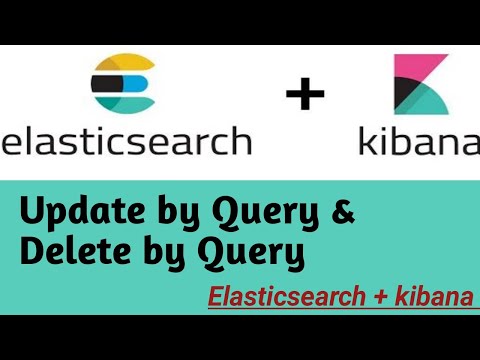
Found 5 images related to elasticsearch delete by query theme


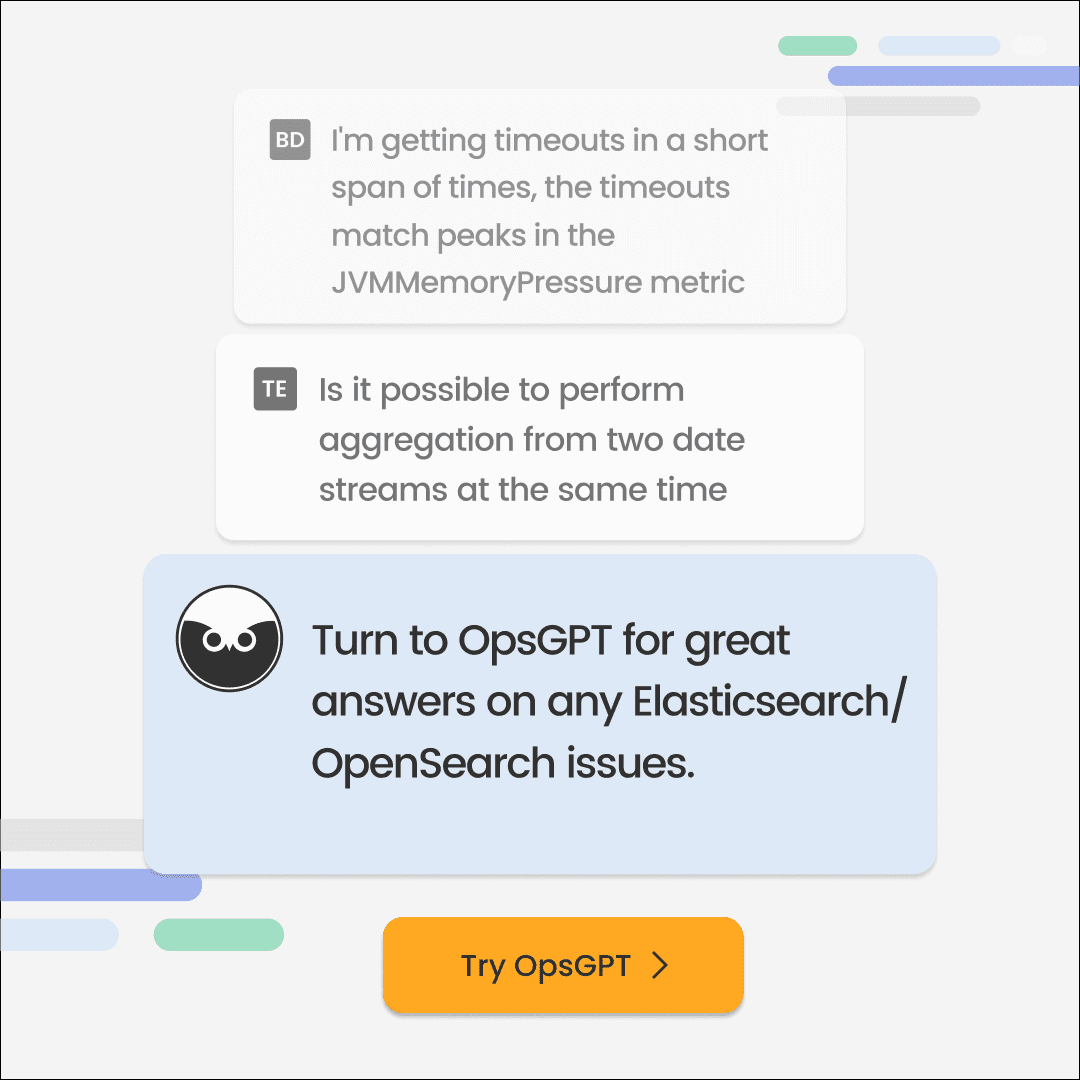
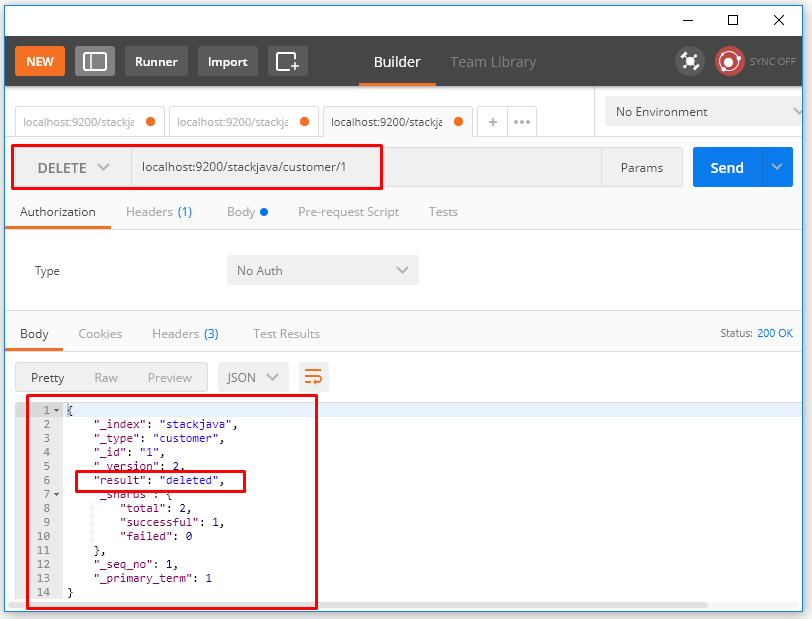



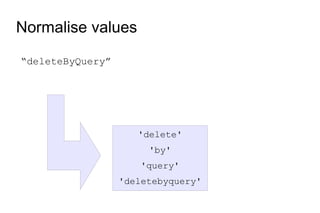


![How Update & Delete Operations work in ElasticSearch [ElasticSearch 7 for Beginners] - YouTube How Update & Delete Operations Work In Elasticsearch [Elasticsearch 7 For Beginners] - Youtube](https://i.ytimg.com/vi/1NXnj8DcAgI/sddefault.jpg)
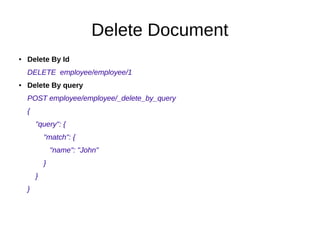

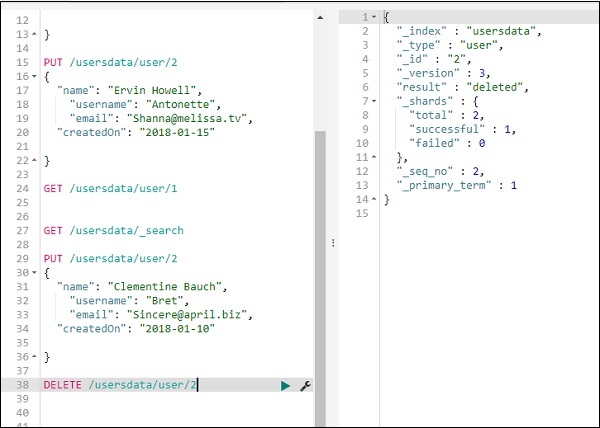


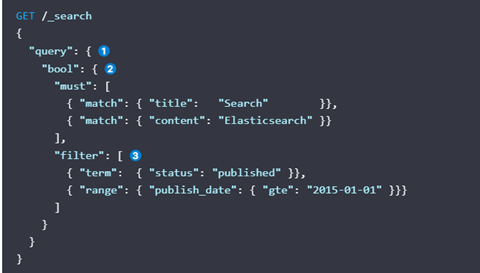


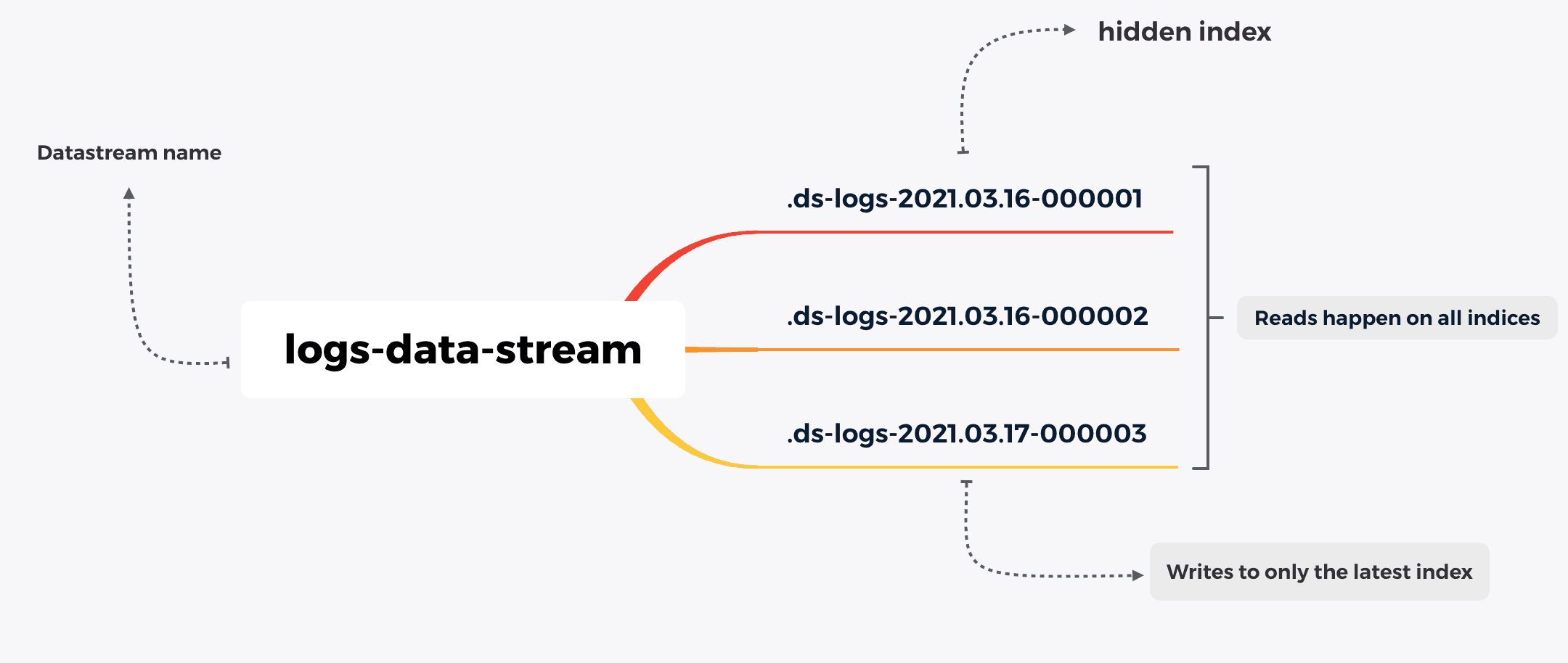
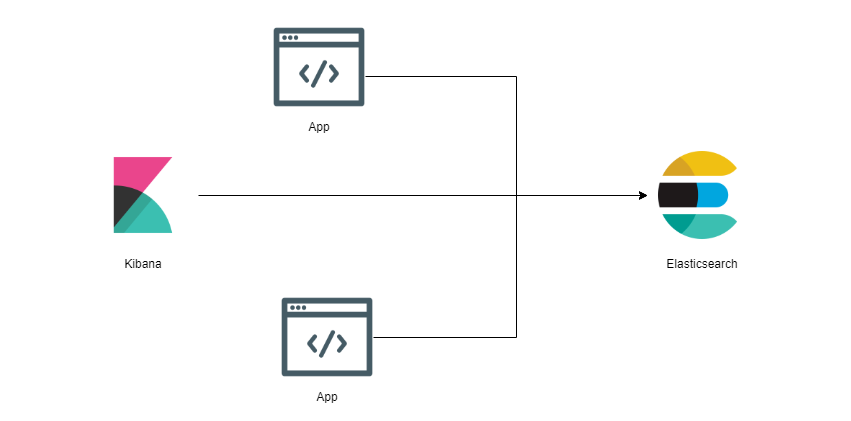

![How Update & Delete Operations work in ElasticSearch [ElasticSearch 7 for Beginners] - YouTube How Update & Delete Operations Work In Elasticsearch [Elasticsearch 7 For Beginners] - Youtube](https://i.ytimg.com/vi/RL5rrMD_jko/hq720.jpg?sqp=-oaymwEhCK4FEIIDSFryq4qpAxMIARUAAAAAGAElAADIQj0AgKJD&rs=AOn4CLD00GC4Q6wPXMNS_5tT63uI7CfHoA)

![Query string query | Elasticsearch Guide [8.8] | Elastic Query String Query | Elasticsearch Guide [8.8] | Elastic](https://static-www.elastic.co/v3/assets/bltefdd0b53724fa2ce/blta1f322a5b892f5fb/628d97da3b9b8554904a6a77/Critical_databases_1440x840.jpg)
Article link: elasticsearch delete by query.
Learn more about the topic elasticsearch delete by query.